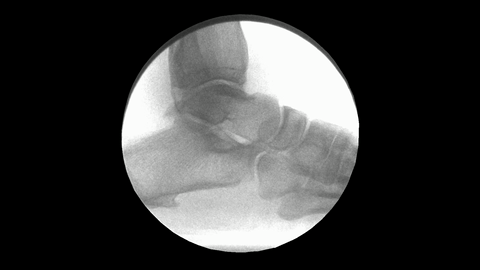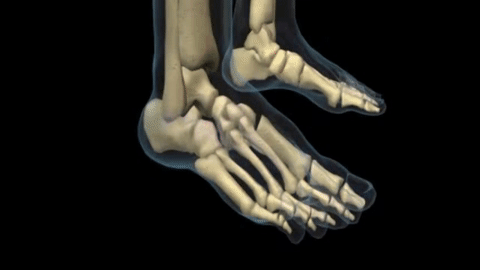An estimated one in 10 people will have at least one episode of heel pain at some point in their life. People who run or jog regularly, and older adults who are 40-60 years of age, are the two main groups affected by heel pain. The most common causes of heel pain are plantar fasciitis,inflammation of the plantar fascia. The plantar fascia is a strong bowstring-like ligament that runs from the calcaneum (heel bone) to the tip of the foot. When the plantar fasciitis is stretched too far its soft tissue fibers become inflamed, usually where it attaches to the heel bone. Sometimes the problem may occur in the middle of the foot. Pain under the foot can occur, especially after long periods of rest. Heel bursitis can also cause heel pain due to inflammation of the back of the heel.Pain in the heel can also come from tarsal tunnel syndrome – a large nerve in the back of the foot becomes pinched or compressed. Chronic inflammation of the heel pad can cause pain to radiate from the heel, this is caused either by the heel pad becoming too thin, or heavy footsteps. Heel pain also occurs from a collapse of the ankle on to the heel causing the foot to be out of alignment. The #1 reason for heel pain is due to a mechanical foot imbalance.
To answer this question we have to look at the alignment of the hindfoot bones. When the ankle bone slips off the heel bone this leads to a misaligned foot. Ankle bone displacement can occur in feet with normal, low or high arches. Those who have flexible ankle bone dispalcement have an ankle bone that slips forward and inward. This leads to overstretching of the plantar fascia.


It seems like it should be important to stabilize the ankle bone displacement. Putting an arch support under your foot may temporarily help with the symptoms, but it wont fix the problem. When most treatments don’t work or are too aggressive, what else can be done? Think EOTTS – HyProCure. HyProCure has been safely and effectively in thousands of pediatric and adult patients since 2004. HyProCure is the only extra-osseous talotarsal stabilization device that works with the normal bio-mechanics unlike other devices that work against the normal function and often lead to failure of the device. EOTTS is an internal correction for an internal problem.